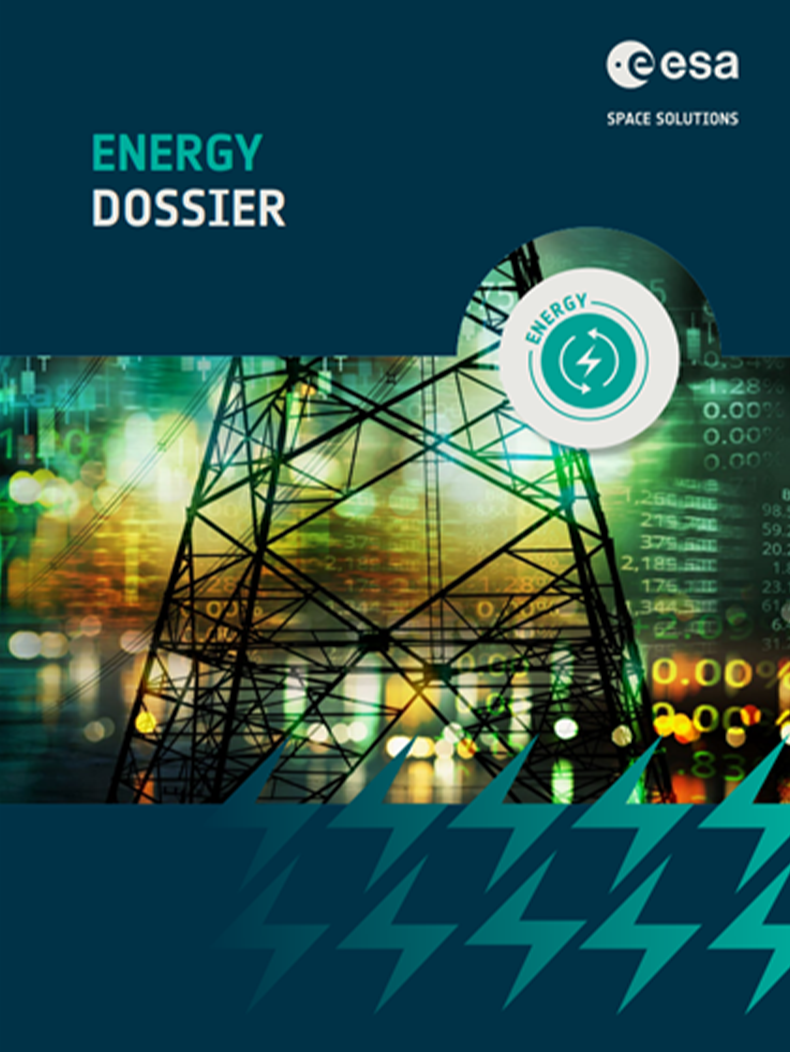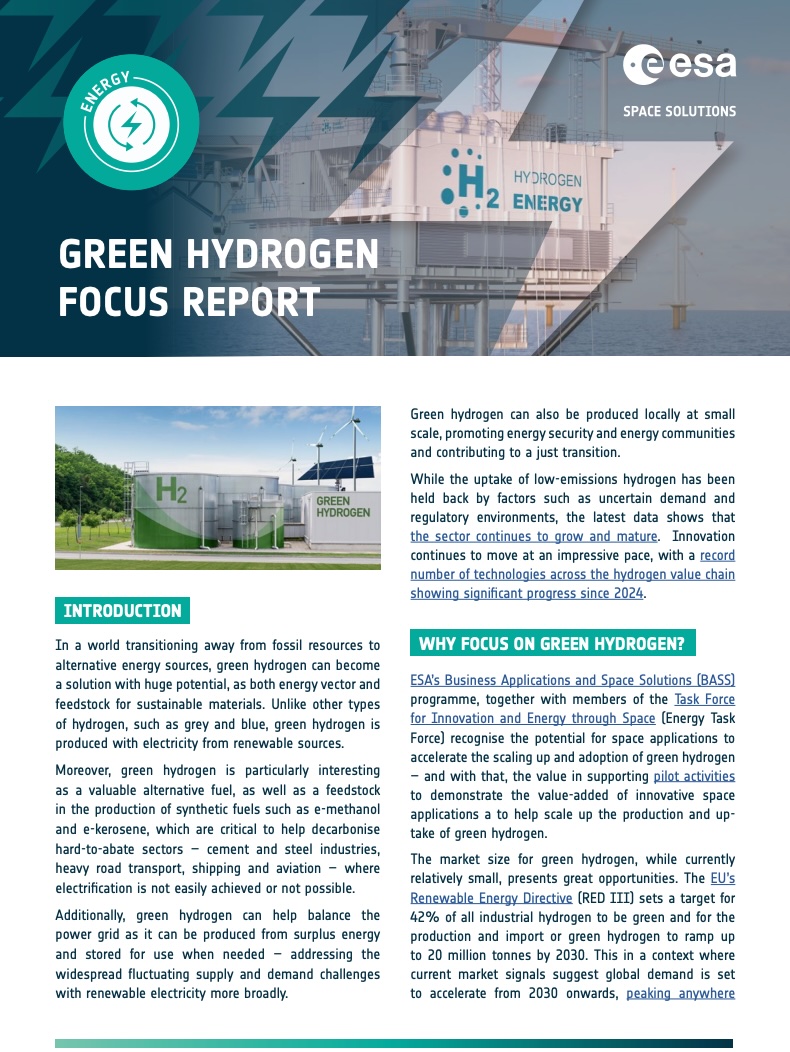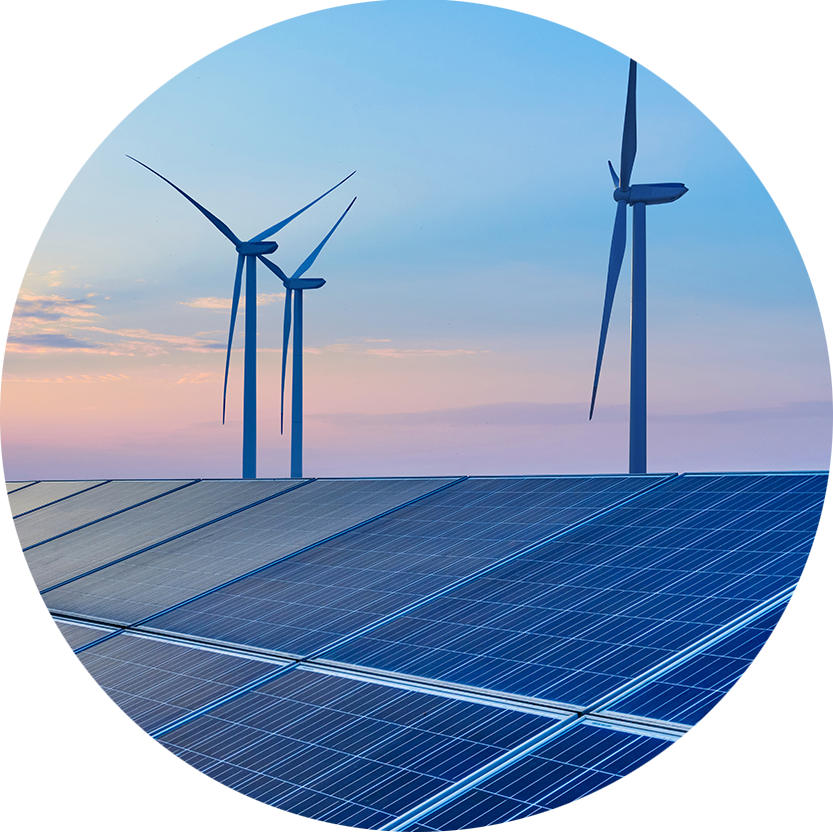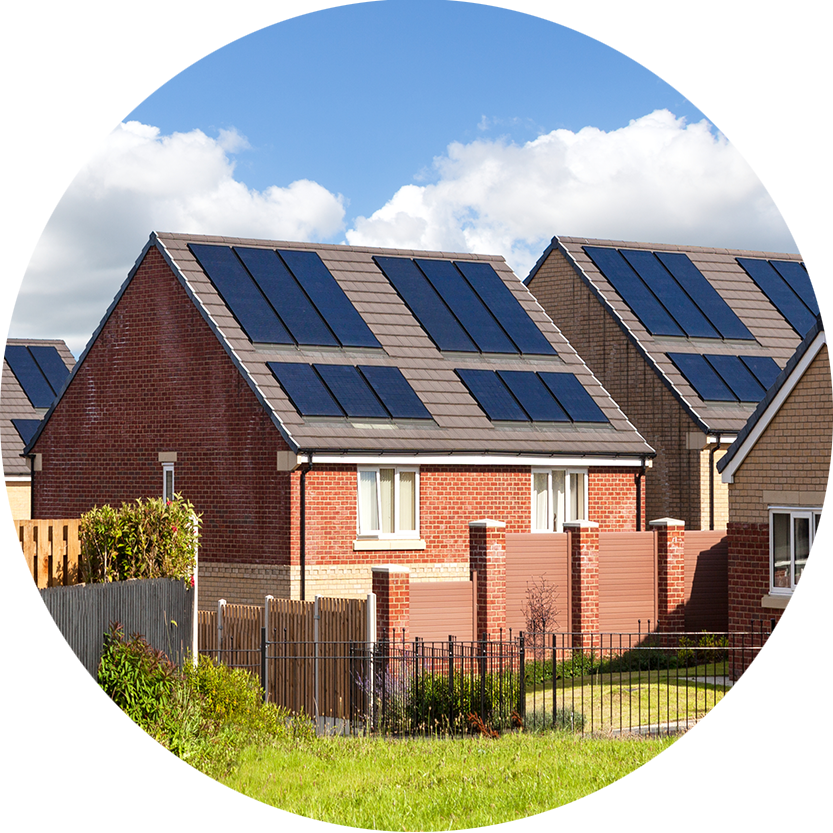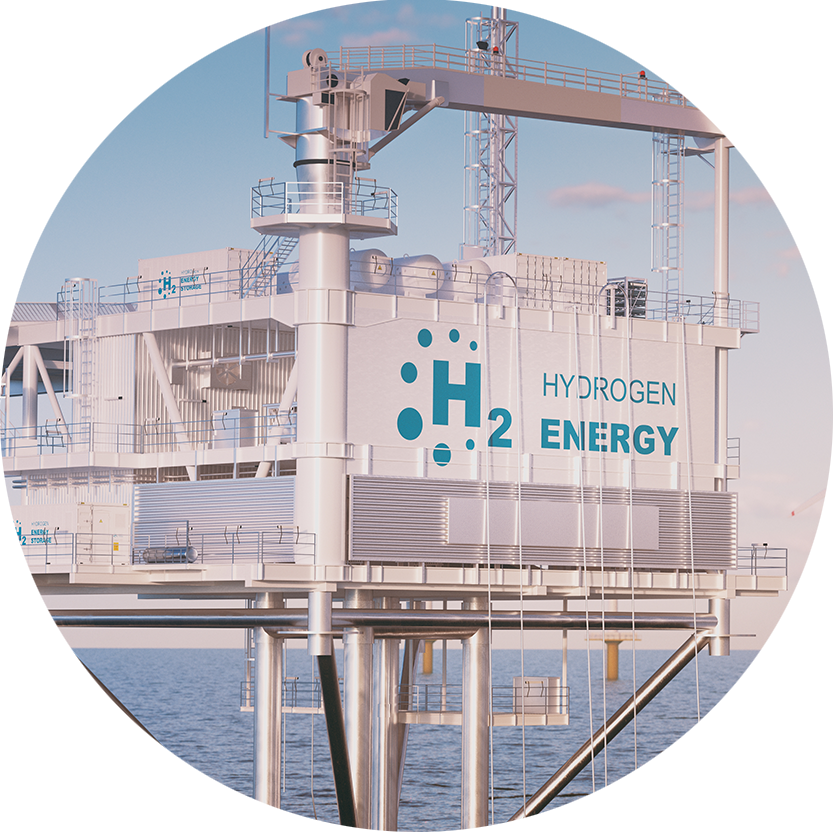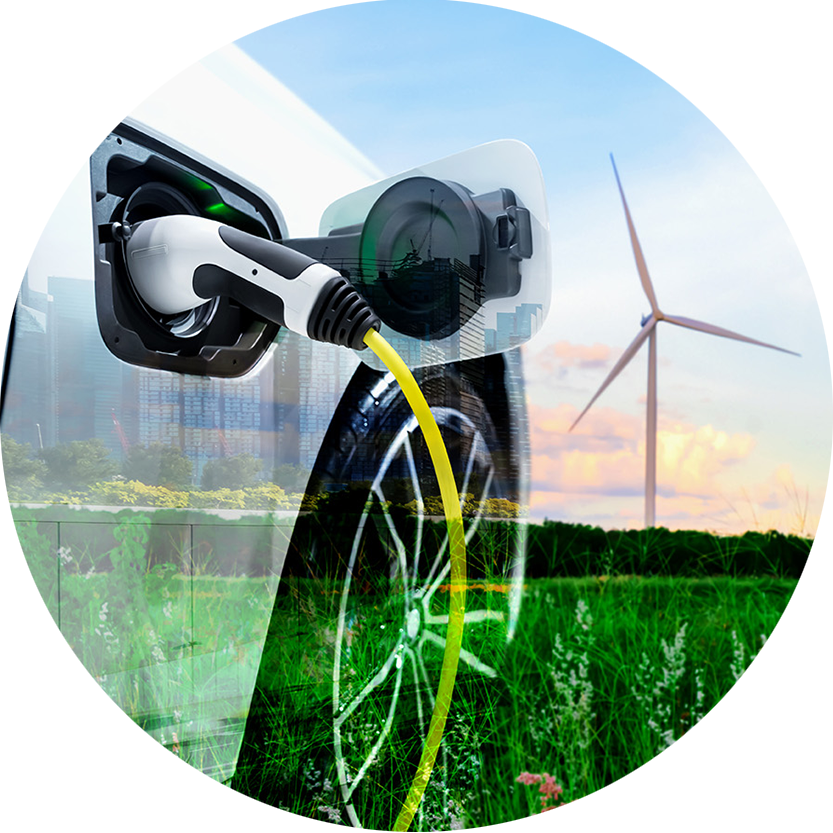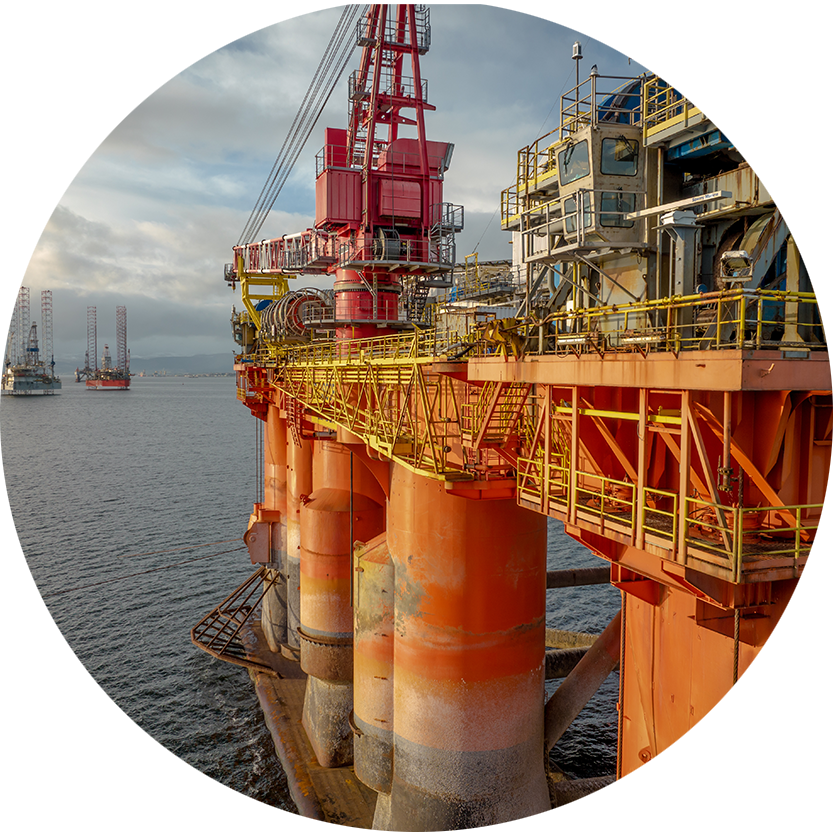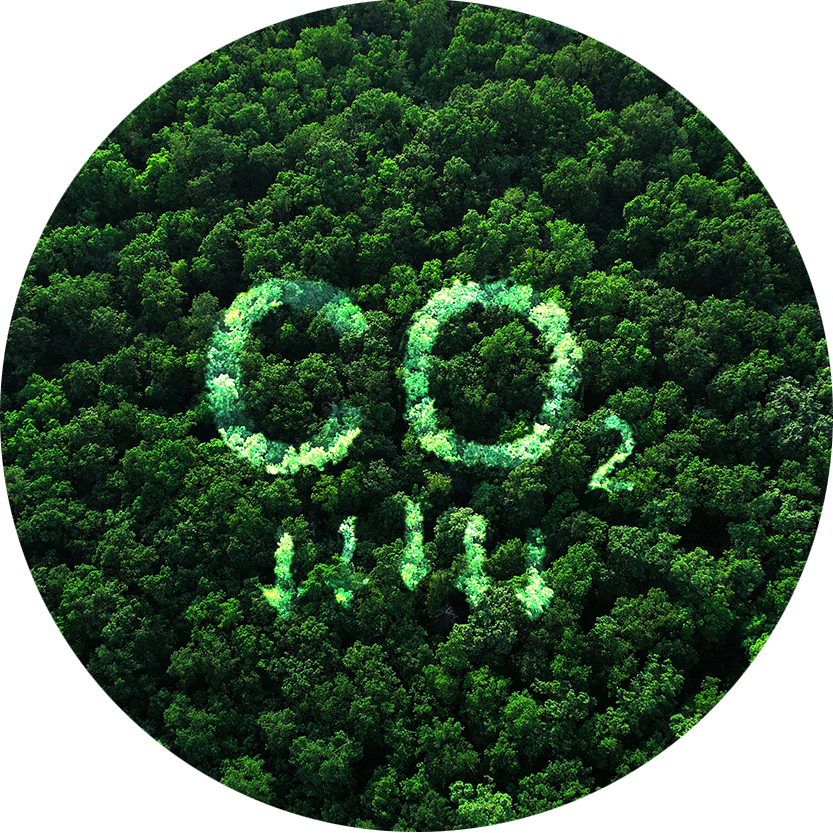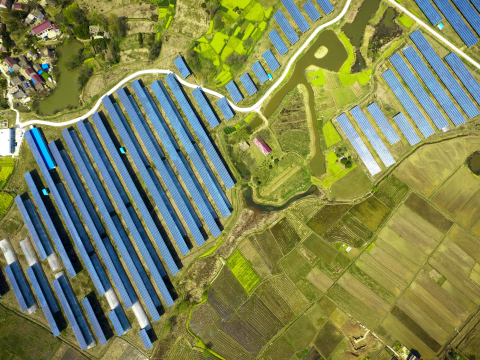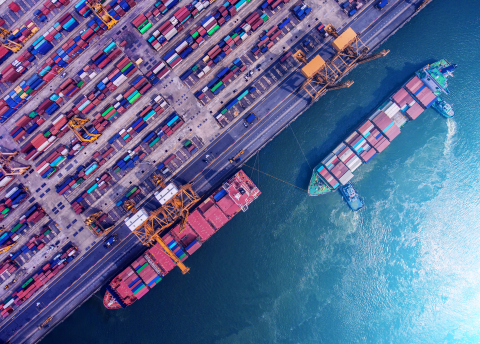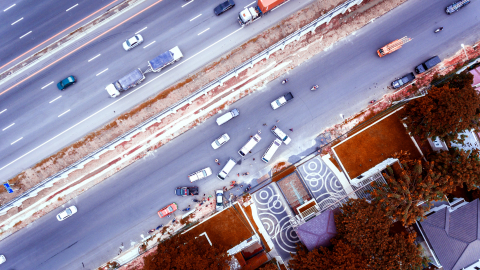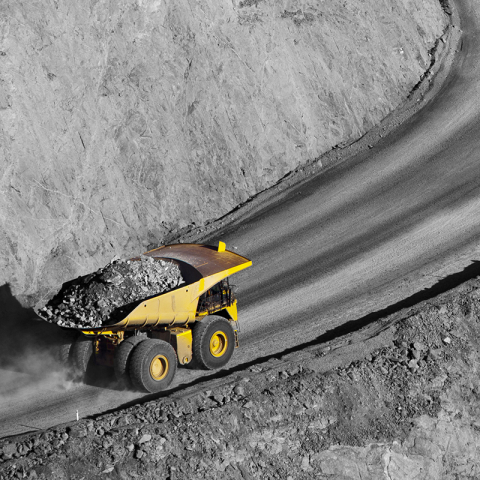On this page
SPACE FOR GREEN ENERGY TRANSITION
ESA is developing space applications for a sustainable clean energy future
The global energy sector is going through a fundamental transformation as countries shift towards clean energy in response to climate change and the need to secure energy supplies. The transitions vary in their extent and speed, but the challenges are the same.
Watch our video
Vision
At ESA, we envision space as a strategic enabler of secure, affordable and sustainable energy systems. As the energy sector adapts to rising demand, geopolitical change and evolving market conditions, digital and space-based tools – including GNSS, connectivity, and Earth observation - can support infrastructure, enhance planning and monitoring, and accelerate the green transition. Our work contributes to a future where space plays a meaningful role in energy stability, economic resilience and climate action - helping ensure accessible, clean energy for everyone.
|
ESA's Energy Dossier contains details of space's role in the energy transition, as well as information about projects and initiatives supported by ESA's Business Applications and Space Solutions programme, and plans for the future.
|
|
As we transition away from fossil resources, ESA's Green Hydrogen Focus Report dives into the huge potential for space applications to accelerate the adoption and scaling up of green hydrogen. |
Socio-economic Impact
ESA's commercially-focused approach has generated international market success and broad socio-economic benefits through sales and the creation of jobs across Europe. These BASS projects have unlocked market opportunities, driving the development of European space-based solutions in the energy sector and promoting collaboration with a wide range of partners.
The image below shows the impact that 16 of these energy-related Demonstration Projects which were completed between 2018 and 2023 have had:

Topics
ESA, in collaboration with relevant stakeholders, has identified a range of categories of opportunity within the energy sector where space could facilitate innovation. These are:
|
|
|
||
| Going beyond achieving net-zero carbon emissions to benefit the environment by removing additional carbon dioxide from the atmosphere. | A strategic alternative to the large-scale generation of electrical power by the traditional centralised grid. It is environmentally friendly, cost effective and in line with low carbon footprints. | ||
|
|
||
| These are essential for reducing emissions. Research into alternative fuels, such as hydrogen, needs to be conducted to determine the potential of alternative energy carriers. | This depends on the energy system’s resilience to unique and unforeseeable events that threaten the physical flow of energy, or that lead to irregular energy price rises. | ||
|
|
|
||
| National and local governments are devising policies on how to evolve their infrastructure to accommodate the growing number of electric vehicles (EVs) using their roads. This topic addresses the issue of energy logistics, covering the link between electricity generation from renewable energy sources and EVs. | The decommissioning of oil and gas platforms involves activities such as removal of underwater structures and topside platforms –activities that need to be handled carefully to minimise any environmental impact and avoid oil spills. | ||
|
|
|
||
| Decarbonising the power sector means reducing its carbon intensity: that is, reducing the emissions per unit of electricity generated. | Timely and effective maintenance of assets is vital for safety and can extend the lifetime of energy facilities. The efficient production and transmission of energy from renewable energy sources is an essential part of the transition to green energy, and asset management is one of the most important aspects in the operation of energy systems. |
How can space help the energy transition?
 |
Satellite Communications (Satcom)Many applications in the green energy sector use satcom technology to:
|
 |
Global Navigation Satellite System (GNSS/Satnav)Satnav systems can help with many aspects of the transition to green energy including by:
|
 |
Satellite Earth Observation (SatEO)SatEO can be used to:
|
Energy Initiatives
ESA has instigated many initiatives in recent years to promote the use of space applications and data in the provision of sustainable, clean energy. We support innovative developments through technical assistance and funding, with more initiatives planned for the future.
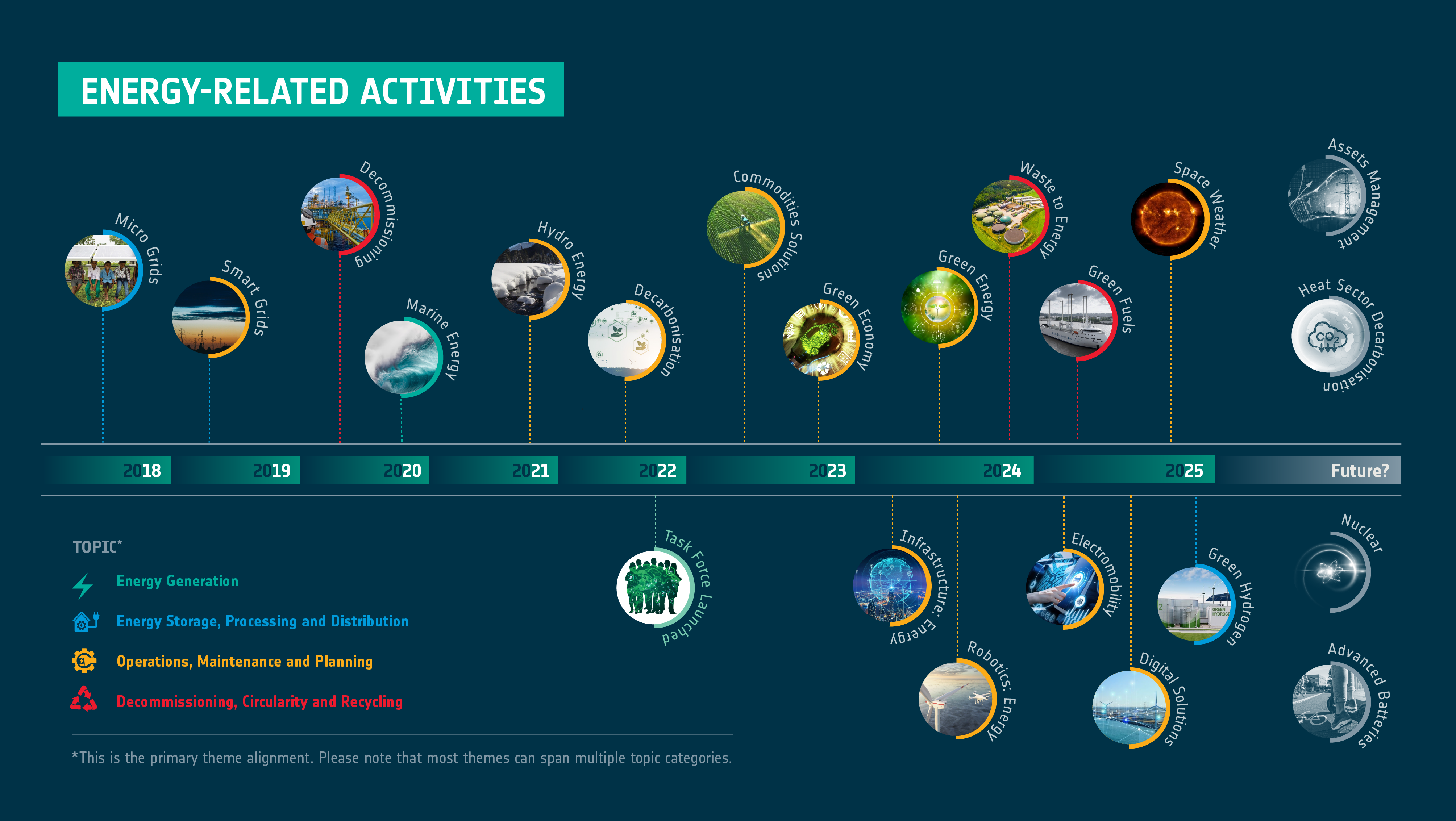
Now, in this rapidly evolving context, and as ESA seeks to accelerate the use of space and work towards carbon neutrality by 2050, we have launched the “Task Force for Innovation in Energy Through Space”. This Energy Task Force will address the key challenges faced by the energy sector through the use of space solutions.
Work with us

We collaborate with a diverse network of stakeholders across multiple sectors to deliver innovative solutions addressing the critical challenges within the energy sector. This includes engaging with end-users, service providers, institutions, investors, and others.

To learn more about ESA’s initiatives in energy or to explore partnership opportunities, please contact Asimina Syriou, Energy Lead, at business@esa.int.
To keep up-to-date with the latest energy-related opportunities, news and events from BASS please sign up for our bulletin using the link below.
Sign up to the Energy Bulletin


